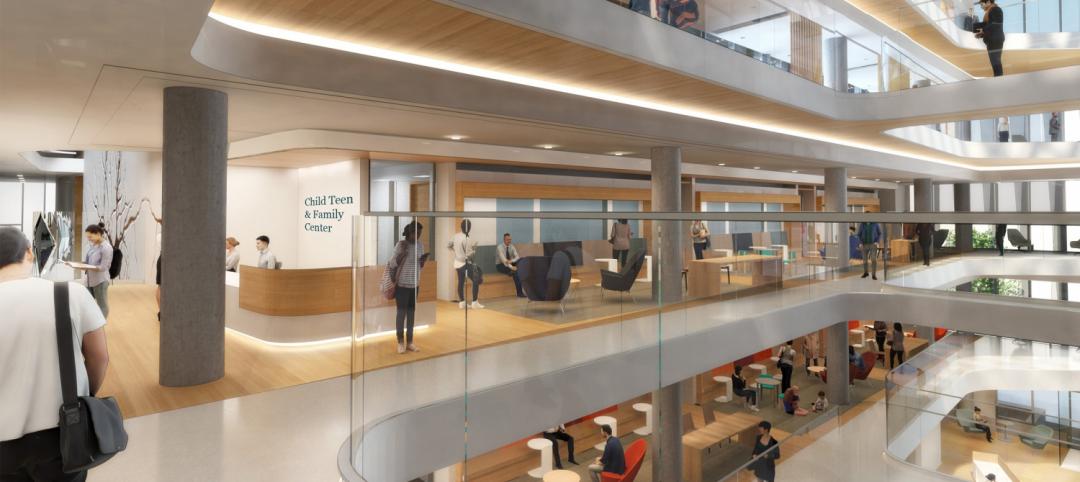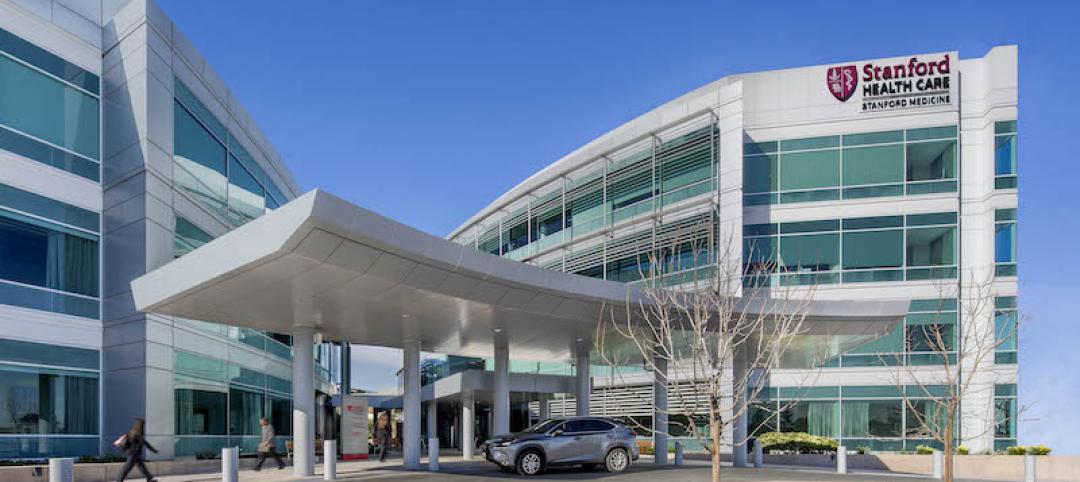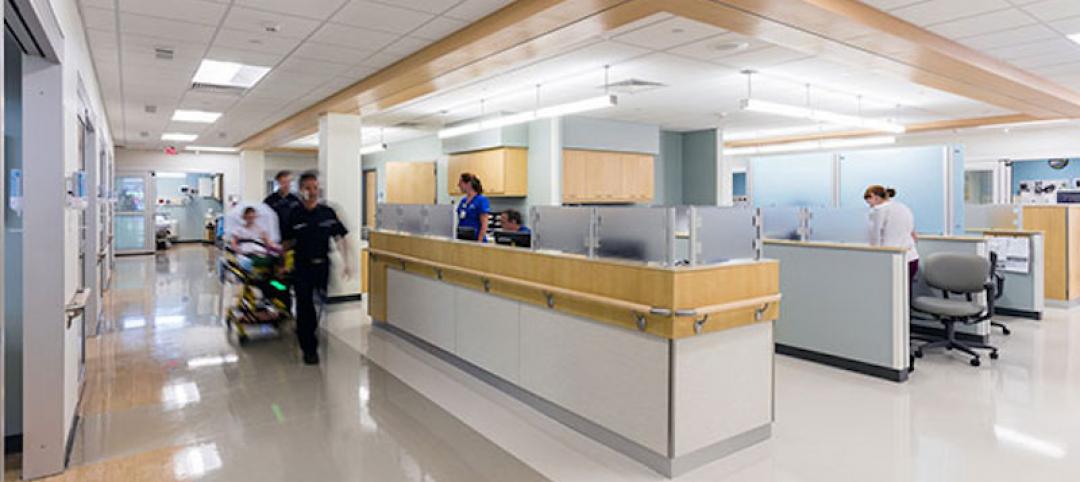The occasional pleasant surprise is always nice, but an unanticipated tornado is rarely greeted with enthusiasm. Most of us prefer a relatively predictable future with adequate warning when the occasional storm heads our way.
Unfortunately, our current political drama has made our healthcare clients view the future of their business environment in much the same way most of us approach the latest weather report. We want to stay abreast of the latest news, but what we hear is greeted with skepticism.
Just as very few of us would bet a significant amount of our wealth on the reliability of weather predictions, our healthcare clients are struggling with how best to approach long-term planning when our national healthcare policy seems to change with the nightly news cycle.
Within this rancorous political environment and the uncertainty that it imposes on the healthcare industry, architects are asking themselves how they can best serve their healthcare clients with decisions that have significant cost and long-term implications.
Our advice to fellow architects and clients alike is to focus on what you know and avoid speculative investments.
We know, for example, that most of the nation’s healthcare infrastructure is aging, with many hospital campuses occupied by buildings that are ill-suited to meet the demands of modern healthcare.
We know that we have an aging Baby Boomer population that will require care and treatment for chronic problems that accompany old age. We also know that they are living longer than their parents did.
We’re aware, too, that the demographic and financial composition of the country is evolving. We know that many of the rural areas of the country are poorly served and lack adequate healthcare services. We also know that many urban areas have inadequate or poorly distributed trauma services.
These realities provide direction for where healthcare providers might make meaningful and defensible investments—at least until the political seas calm and the way forward is a bit more predictable.
For healthcare architects, these realities also offer potential opportunities for marketing strategies that can be tailored toward the types of projects that might surface during this stressful period. Projects could include the modernization of existing facilities, conversions from semi-private rooms to private rooms, or energy system upgrades that reduce operating costs.
More proactively, healthcare planners and designers might consider bundling services that are directed toward strategically assisting their clients with assessing opportunities within their existing healthcare campuses—opportunities that could improve operational efficiency, space utilization, and throughput.
Architects may be as ill-equipped to resolve the healthcare policy turmoil as everyone else, but healthcare designers are very well positioned to assist their clients strategically with insight and creativity—not only to navigate the stormy waters that are currently roiling the industry, but also to make meaningful interventions that provide long-term value to the communities they and their healthcare clients serve.
Related Stories
Healthcare Facilities | Jul 11, 2018
5 ways design is transforming behavioral healthcare
Circadian lighting, calming materials, and transparency are helping to normalize the patient experience in behavioral healthcare.
Healthcare Facilities | Jul 10, 2018
HGA designs acute care hospital for MetroHealth in Cleveland
The facility’s master plan creates a ‘hospital in a park.’
BIM and Information Technology | Jul 9, 2018
Healthcare and the reality of artificial intelligence
Regardless of improved accuracy gains, caregivers may struggle with the idea of a computer logic qualifying decisions that have for decades relied heavily on instinct and medical intuition.
Healthcare Facilities | Jun 28, 2018
New Stanford Healthcare outpatient building opens in Redwood City
The facility recently celebrated its grand opening with a ribbon-cutting ceremony.
Healthcare Facilities | Jun 26, 2018
The future of the ambulatory surgery centers and acuity levels
Offering the one-two punch of cost savings and convenience, ASCs are increasingly becoming the venue of choice for both physicians and patients.
Healthcare Facilities | Jun 26, 2018
Mesquite, Texas to receive 60-acre ‘wellness village’
Construction is anticipated to begin on the initial phase in mid-2019.
University Buildings | Jun 25, 2018
Virginia Commonwealth has at least three major expansion projects under construction
New buildings for outpatient care, engineering, and rehabilitation of serious injuries and debilities are scheduled to be completed in 2020.
Healthcare Facilities | Jun 6, 2018
French 'Alzheimer’s Village' designed to resemble a medieval bastide
The new facility will provide research on a new way of treating Alzheimer’s patients.
Healthcare Facilities | May 29, 2018
Will telemedicine change the face of healthcare architecture?
Telemedicine is a broad term that covers many aspects and mediums of care, but primarily it refers to the use of video monitors to allow a virtual face to face consultation to take place.
| May 24, 2018
Accelerate Live! talk: Security and the built environment: Insights from an embassy designer
In this 15-minute talk at BD+C’s Accelerate Live! conference (May 10, 2018, Chicago), embassy designer Tom Jacobs explores ways that provide the needed protection while keeping intact the representational and inspirational qualities of a design.















